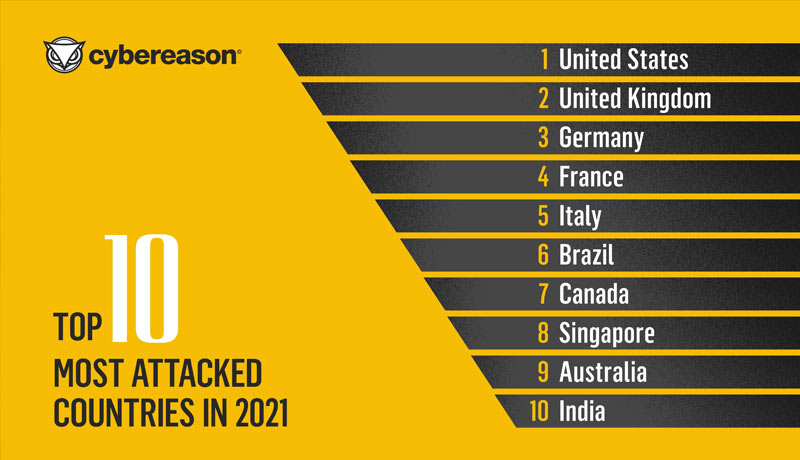
Cybereason, the XDR company, has released a new report titled RansomOps: Inside Complex Ransomware Operations and the Ransomware Economy, which examines how ransomware attacks evolved from a cottage industry less than ten years ago to a multibillion-dollar mega industry today. Ransomware syndicates are reaping record profits as the sophistication of RansomOps attacks grows, making it open season on public and private sector organizations of all sizes.
Early on, ransomware attackers relied on “spray-and-pray” tactics to target mostly individuals when ransom demands were relatively low compared to what we saw in 2020-2021. Ransomware attacks have become more difficult to defend against for most organizations, thanks to the emergence of RansomOps that are complex and akin to the stealthy operations conducted by nation-state threat actors, and emboldened threat actors have raised their ransom demands as more and more organizations choose to pay.
“A shift by the ransomware gangs from wide-spread to targeted attacks against organizations that have the ability to pay multi-million dollar ransom demands has fueled the rise in attacks in 2021. No two RansomOps attacks garnered more publicity last year than those on Colonial Pipeline and JBS Foods. Unfortunately, we can expect to see a continued increase in attacks in 2022, with ransom demands increasing and critical infrastructure operators, hospitals and banks having targets on their backs,” said Lior Div, Cybereason CEO and Co-founder.
The new report details the four components of RansomOps:
A previous Cybereason report, titled Ransomware: The True Cost to Business, revealed that 80% of organizations that paid a ransom were hit a second time, often by the same threat actors. Instead of paying, organizations should focus on early detection and prevention strategies to stop ransomware attacks before critical systems and data are jeopardized. Other reasons for not paying include:
“Ransomware remains the top cybercrime threat and continues to cause significant damage, disruption and financial losses. With criminals seeking to maximise their illicit gains by exfiltrating and exploiting the victim’s data before it gets encrypted, ransomware is an evolving threat and presents a serious cybersecurity risk that requires a networked response. This must include law enforcement and public-private-partnerships such as the No More Ransom initiative,” added Phillip Amann, Head of Strategy European Cybercrime Centre (EC3), Europol.